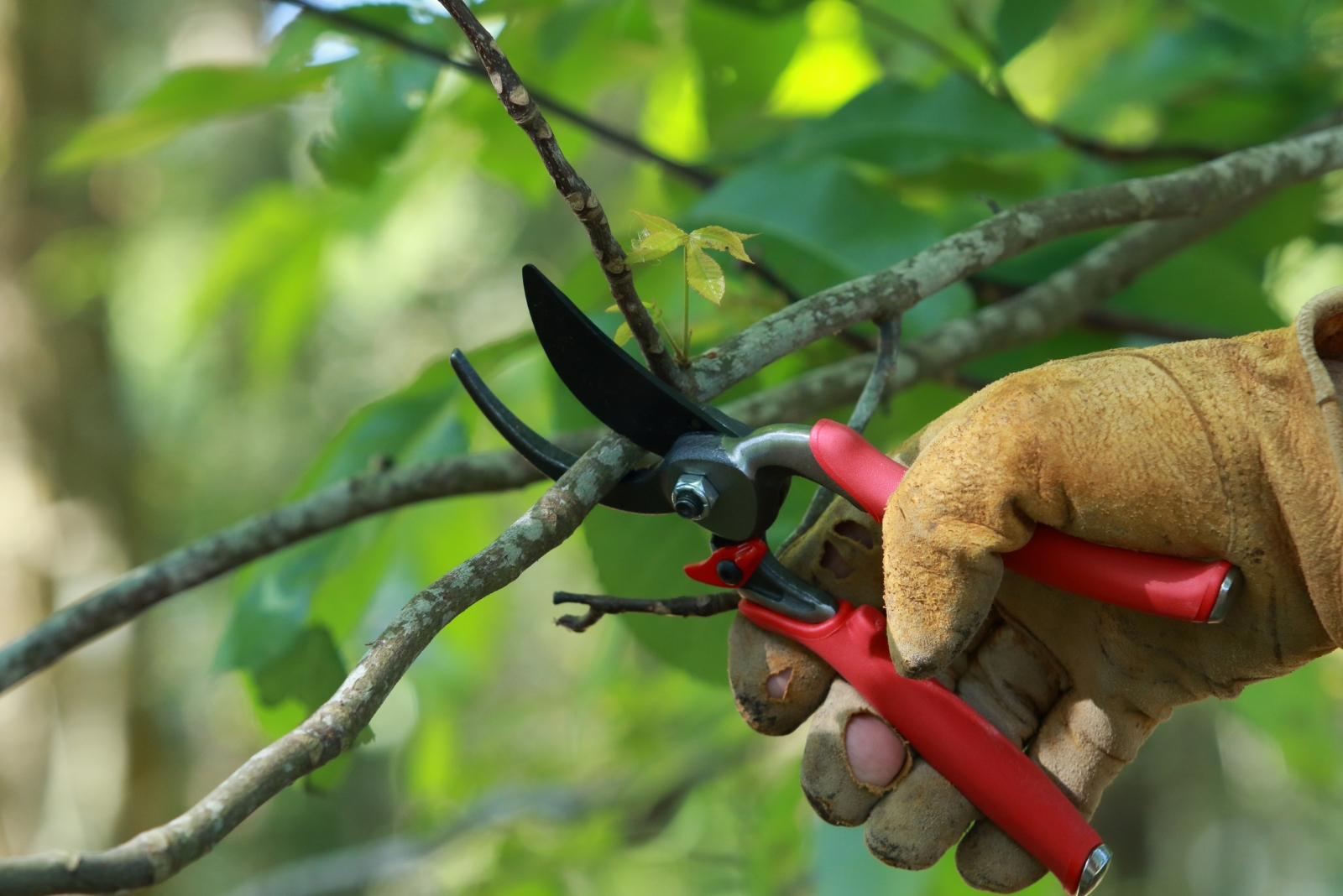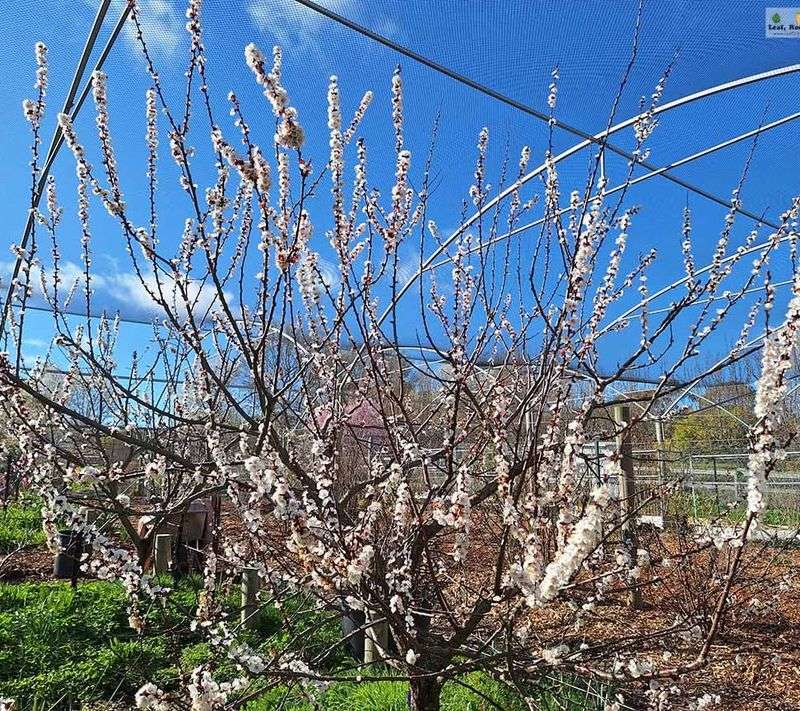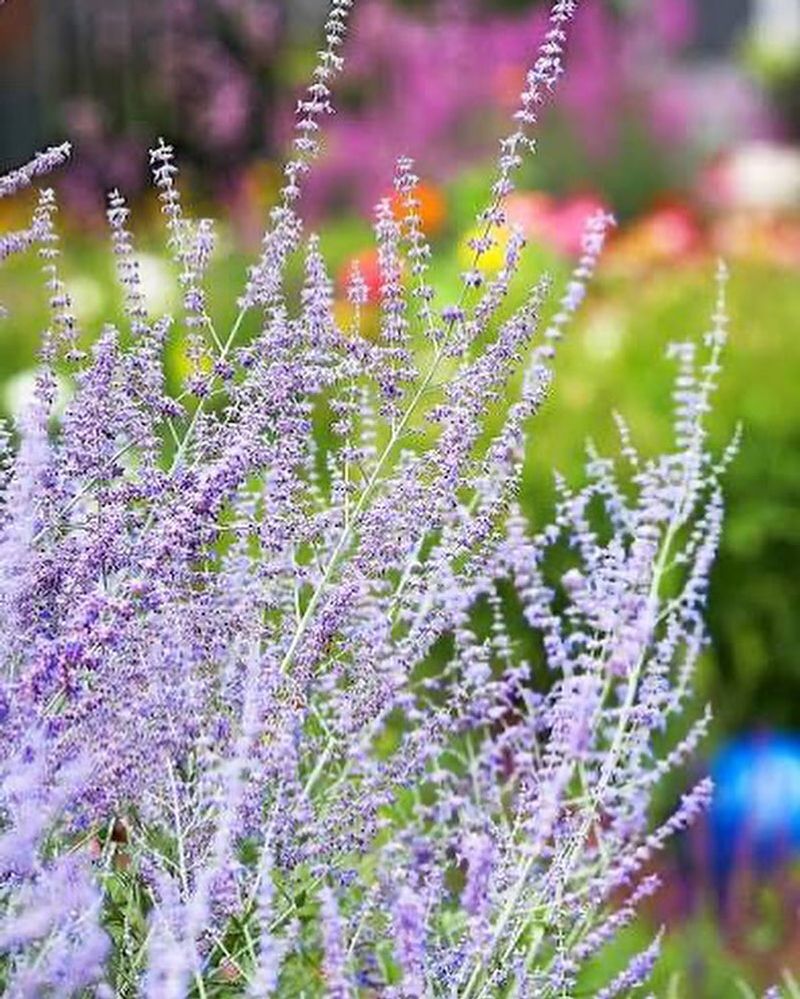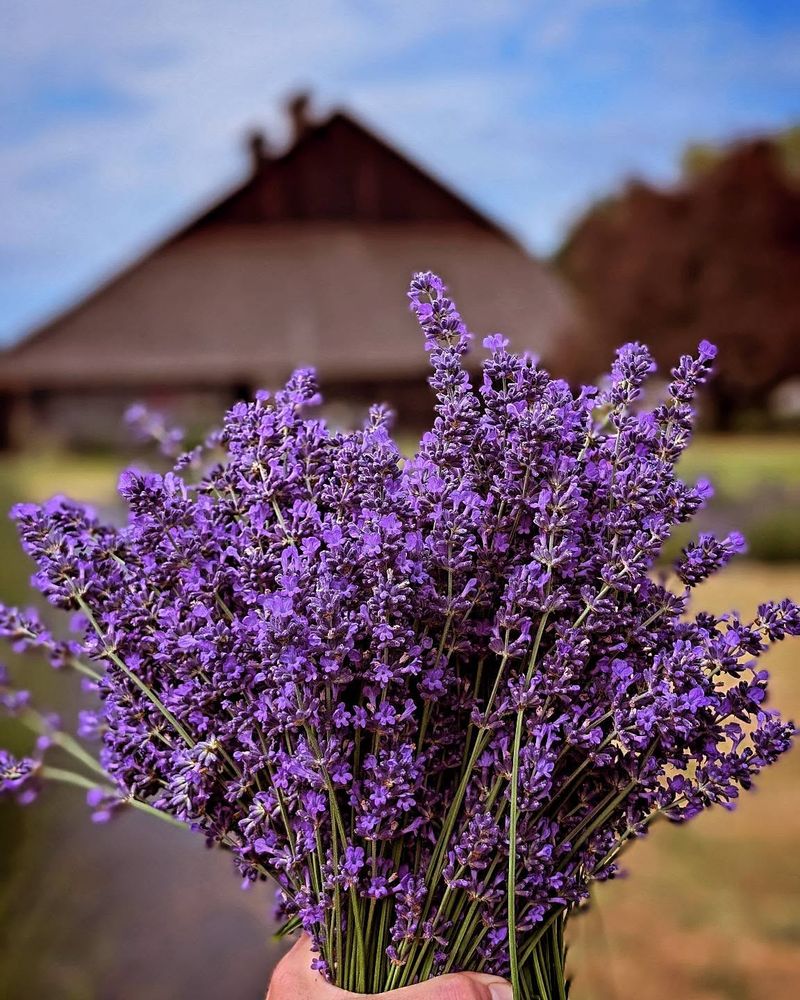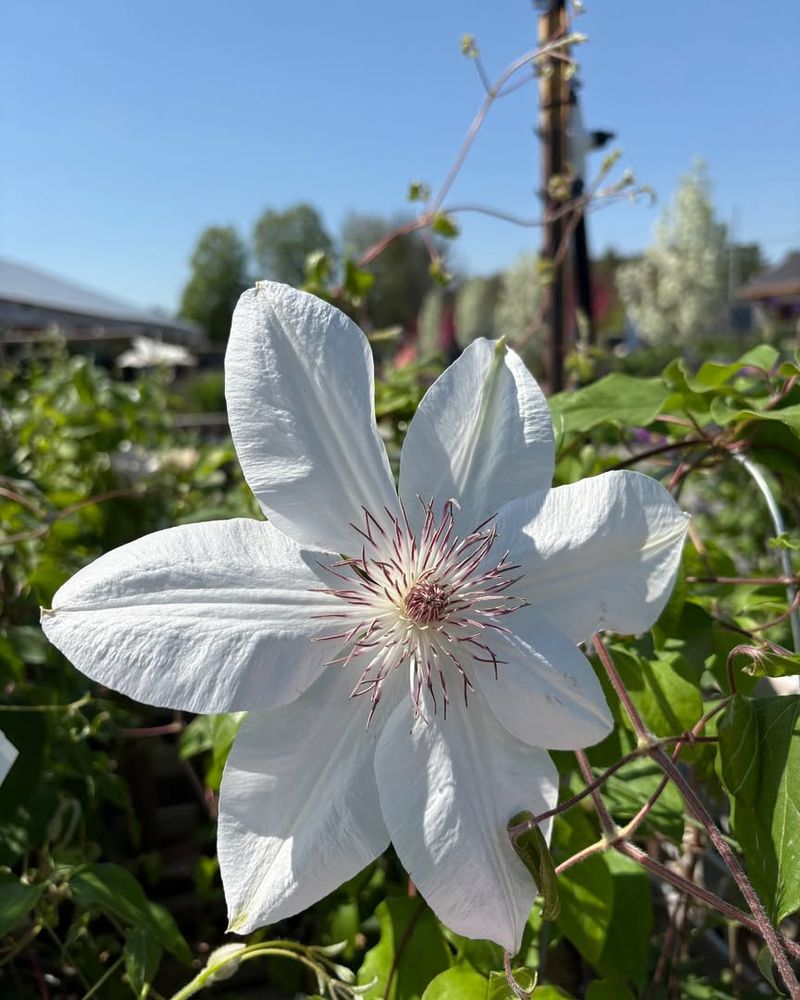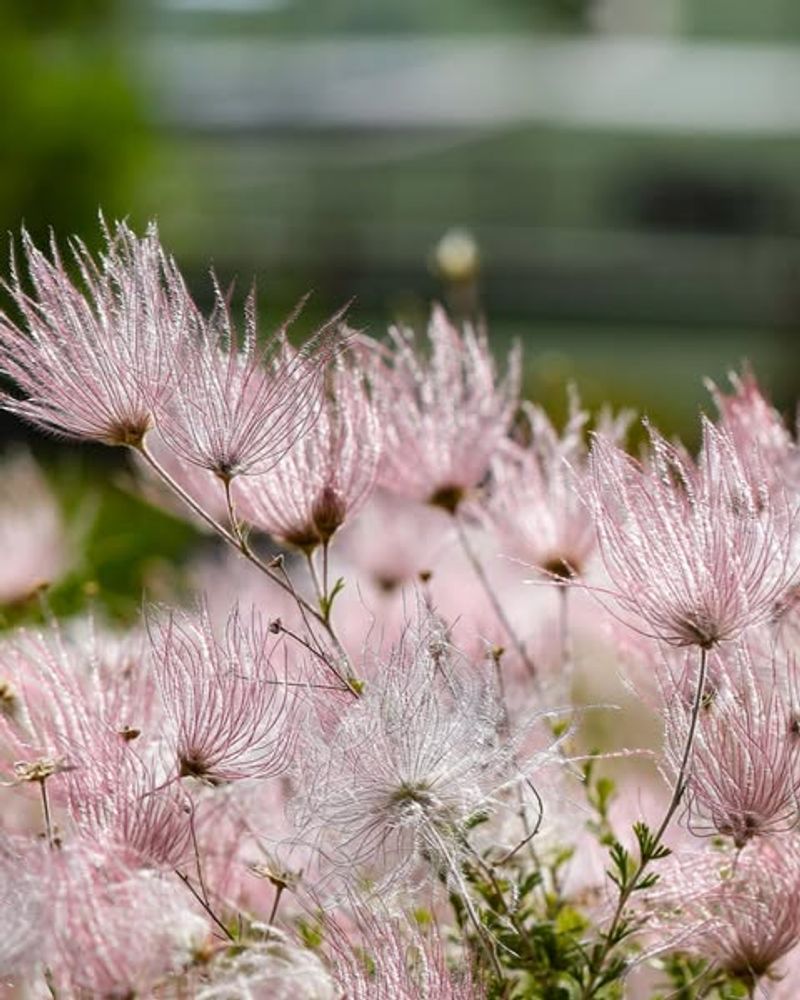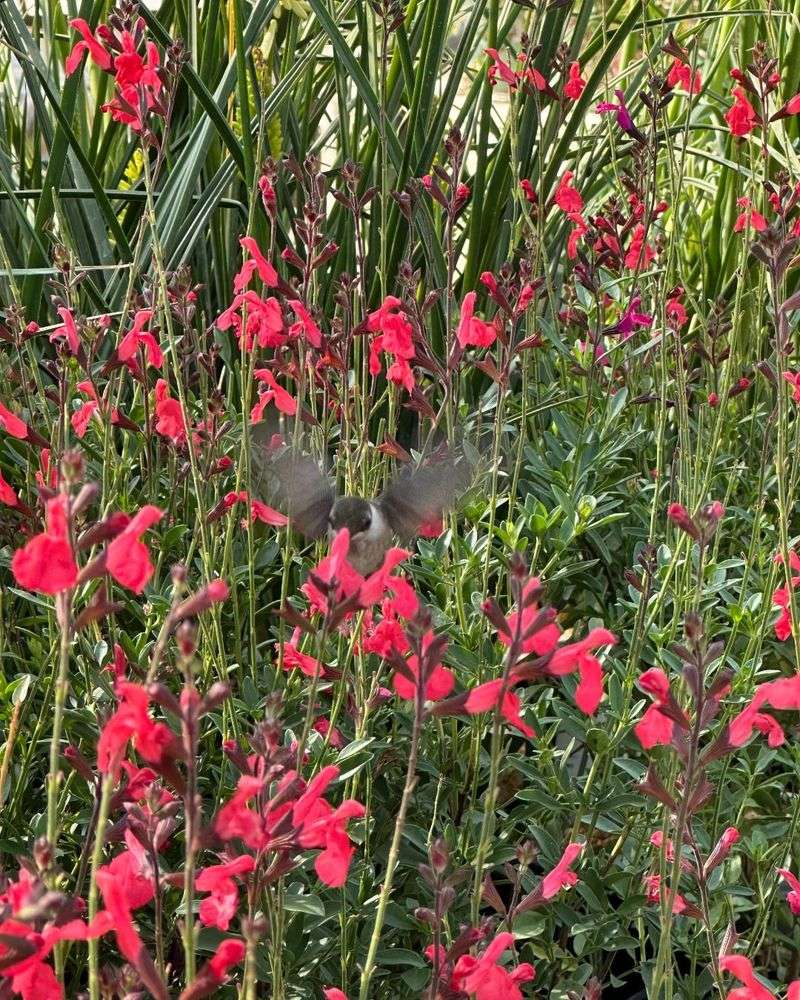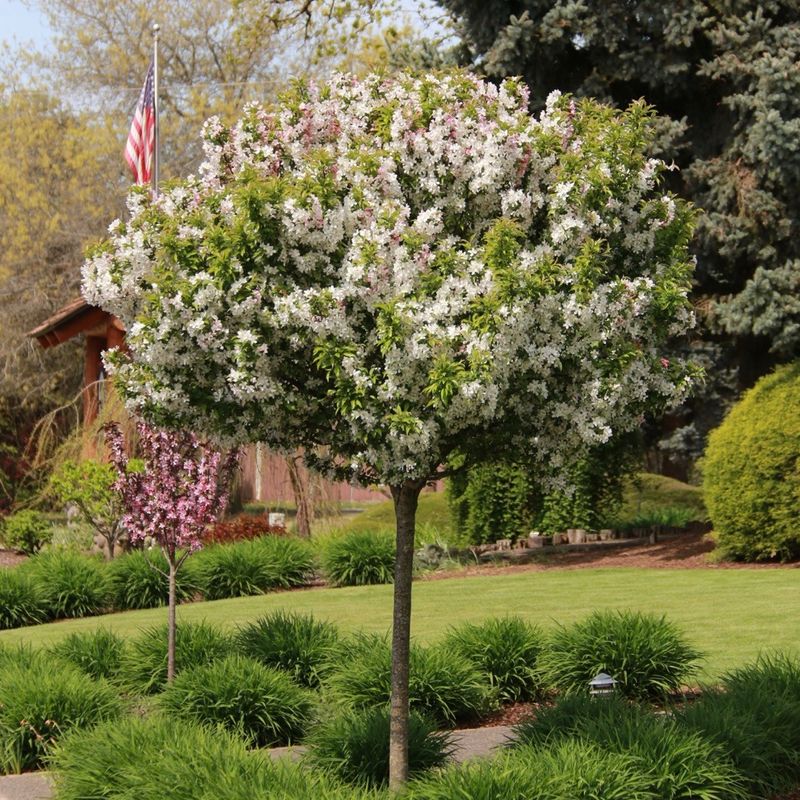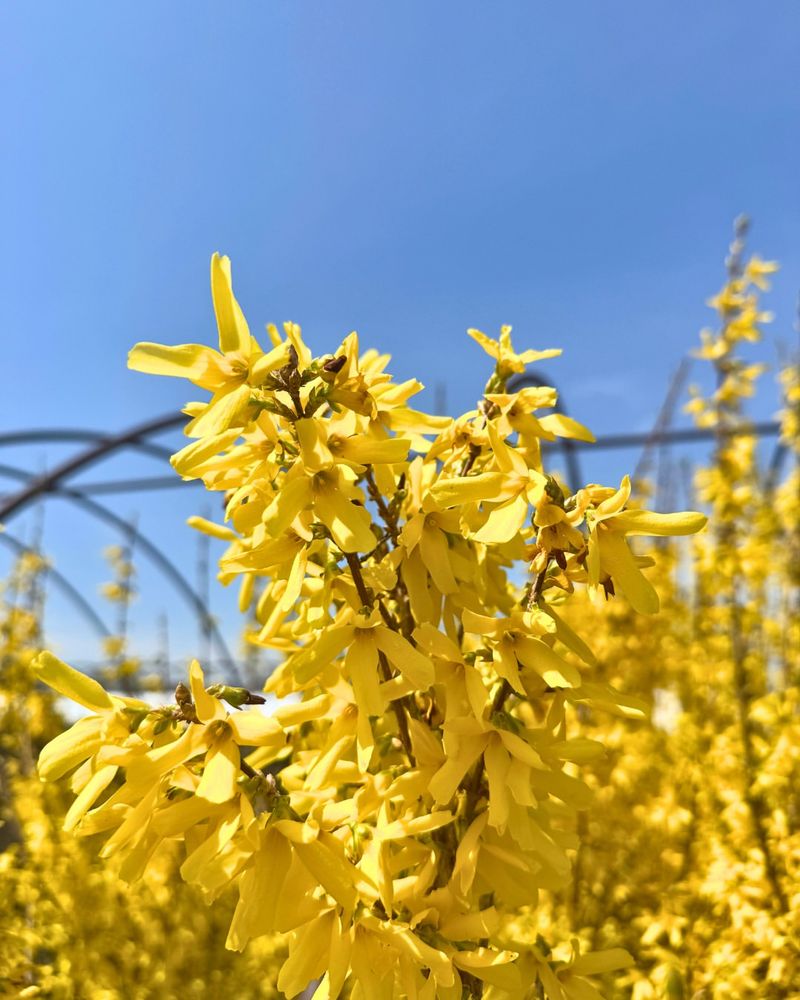November marks a crucial time for New Mexico gardeners to grab their pruning shears and get to work. As temperatures drop and plants prepare for winter dormancy, proper pruning helps them survive the cold months ahead and emerge stronger in spring.
Knowing which plants need attention now can make all the difference between a thriving garden and one that struggles to recover when warm weather returns.
1. Roses
Cutting back your rose bushes before winter hits protects them from harsh winds and freezing temperatures common in New Mexico. Remove any dead or diseased canes first, then trim healthy stems to about 18 inches tall.
Make your cuts at a 45-degree angle just above an outward-facing bud. This encourages better air circulation and helps prevent fungal diseases that thrive in moisture.
Don’t worry about being too aggressive—roses are tough survivors that bounce back beautifully when spring arrives!
2. Fruit Trees
Dormant fruit trees welcome a good haircut once their leaves have fallen and sap flow slows down. Focus on removing branches that cross or rub against each other, as these create wounds where pests and diseases can enter.
Thinning out crowded branches allows sunlight to reach the center of the tree, promoting better fruit production next season. Always use clean, sharp tools to make smooth cuts that heal quickly.
Apples, peaches, and apricots especially benefit from November pruning in New Mexico’s climate.
3. Grapevines
Your grapevines need serious trimming to produce juicy clusters next summer. After the leaves drop, cut back most of the previous season’s growth, leaving only a few buds on each cane.
Grapevines can handle aggressive pruning—in fact, they require it to stay productive and manageable. Without proper trimming, vines become tangled messes that produce small, disappointing fruit.
Remove at least 90 percent of last year’s growth for best results in your New Mexico garden.
4. Russian Sage
Did you know Russian sage actually thrives when cut back hard in late fall? Trim the silvery stems down to about 6 inches from the ground once the plant finishes blooming.
Leaving tall stems through winter might seem protective, but it actually encourages disease and makes plants look messy. A severe haircut promotes vigorous new growth and fuller blooms when warm weather returns.
This drought-tolerant beauty is perfectly suited to New Mexico gardens and rewards your November efforts handsomely.
5. Lavender
Light trimming keeps lavender from becoming woody and unproductive over time. Remove about one-third of the plant’s height, cutting just above where green growth meets woody stems.
Avoid cutting into old wood, as lavender struggles to regenerate from these sections. November pruning prevents winter damage and helps maintain that attractive rounded shape everyone loves.
New Mexico’s dry climate suits lavender perfectly, and proper fall maintenance ensures years of fragrant blooms and silvery foliage to enjoy.
6. Butterfly Bush
Cutting your butterfly bush down to about 12 inches might feel extreme, but it’s exactly what this vigorous grower needs. Hard pruning prevents the plant from becoming leggy and encourages bushier growth with more flower spikes.
Remove all those brown seed heads and woody stems that developed during summer. Don’t worry about harming the plant—butterfly bushes are incredibly resilient and will thank you with spectacular blooms.
This aggressive approach works perfectly in New Mexico’s growing conditions.
7. Clematis
Pruning requirements vary depending on your clematis variety, but November is generally safe for most types grown in New Mexico. Late-flowering varieties benefit from cutting back to about 2 feet from the ground.
Early bloomers need gentler treatment—just remove dead stems and tidy up tangled growth. Check your specific variety before making major cuts to avoid accidentally removing next spring’s flower buds.
Proper pruning keeps these gorgeous vines healthy and blooming abundantly year after year in your garden.
8. Apache Plume
With its distinctive feathery seed heads dancing in the wind, Apache plume adds southwestern charm to any landscape. Light shaping in November keeps this native shrub looking tidy without sacrificing its natural beauty.
Remove dead branches and trim back about one-quarter of the plant’s height if it’s gotten too large. Apache plume tolerates pruning well but doesn’t require heavy cutting to stay healthy.
Its drought tolerance and low maintenance needs make it ideal for New Mexico gardens seeking authentic regional character.
9. Autumn Sage
Trim autumn sage back by half its size once blooming slows and cooler weather settles in. This encourages fuller, more compact growth when the plant resumes growing in spring.
Remove any frost-damaged stems and shape the plant into a neat mound. Autumn sage handles pruning beautifully and quickly rebounds with fresh foliage.
Hummingbirds adore this colorful performer, and proper November maintenance ensures plenty of nectar-rich blooms throughout next year’s growing season in your New Mexico landscape.
10. Crabapple Trees
Ornamental crabapples benefit from thoughtful pruning that opens up their canopy and removes problematic branches. Target water sprouts—those vertical shoots that grow straight up from main branches—as they drain energy without producing flowers or fruit.
Eliminate branches that cross or grow toward the tree’s center. Good air circulation helps prevent the fungal diseases that sometimes plague crabapples in New Mexico.
Shape your tree while it’s dormant, and you’ll be rewarded with spectacular spring blossoms.
11. Forsythia
Those bright yellow blooms that announce spring’s arrival actually form on last year’s growth, so timing matters with forsythia pruning. November works if you’re simply removing dead wood or thinning overcrowded branches.
Avoid heavy cutting now unless you’re willing to sacrifice some flowers. Instead, focus on maintaining shape and removing the oldest, thickest stems at ground level.
This encourages fresh growth while preserving most of next spring’s cheerful display in your New Mexico garden beds.
12. Yucca
Remove those tall, dried flower stalks that remain after summer blooming finishes. Cut them down to the base using loppers or a small saw for thicker stalks.
Trim away any dead or damaged lower leaves by pulling them downward until they snap off cleanly. Yucca plants require minimal pruning overall, but November cleanup keeps them looking sharp through winter.
These architectural beauties are perfectly adapted to New Mexico’s climate and add dramatic vertical interest to drought-tolerant landscapes year-round.
13. Trumpet Vine
Aggressive pruning controls this enthusiastic grower that can quickly overtake fences, arbors, and anything else in its path. Cut trumpet vine back hard in November, removing up to two-thirds of its length.
Don’t feel guilty about severe trimming—this vigorous vine needs tough love to stay manageable. Remove suckers that pop up away from the main plant to prevent unwanted spreading.
Your efforts will be rewarded with controlled growth and those spectacular orange blooms that hummingbirds absolutely cannot resist.

